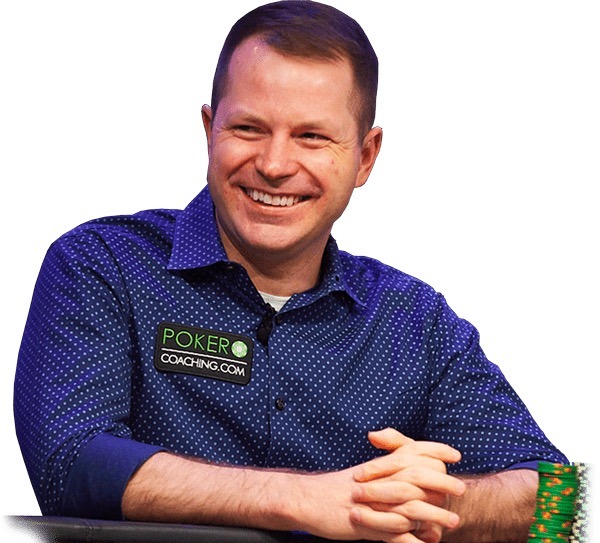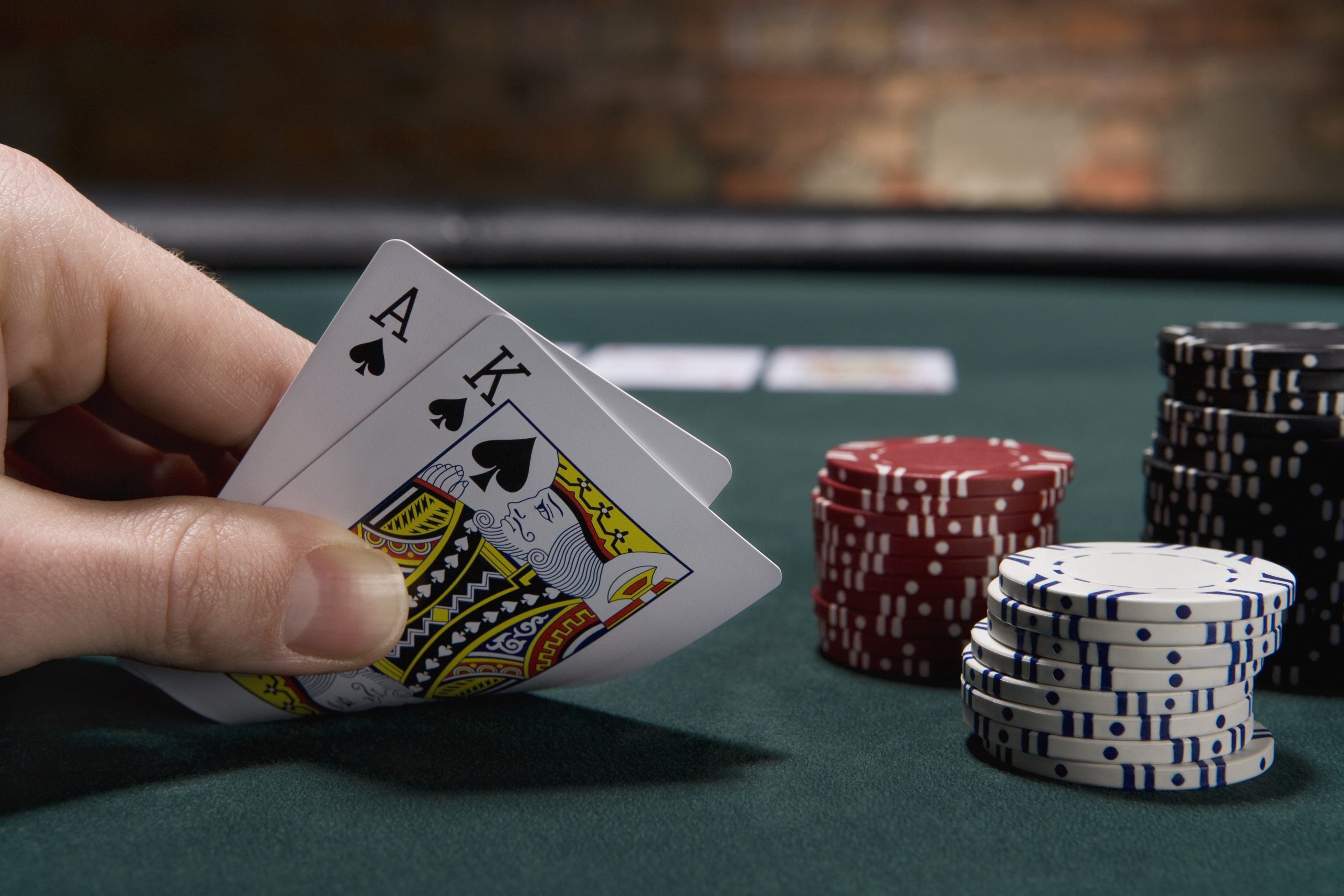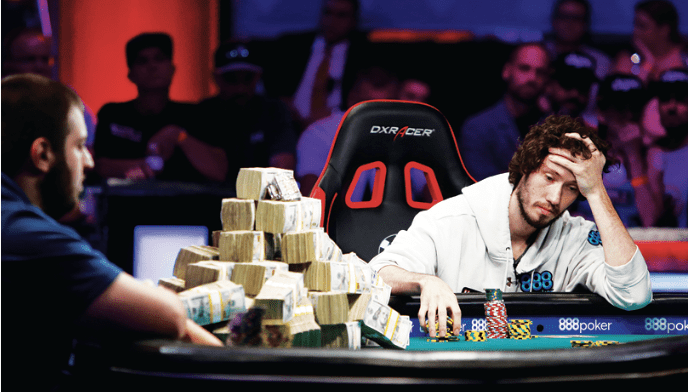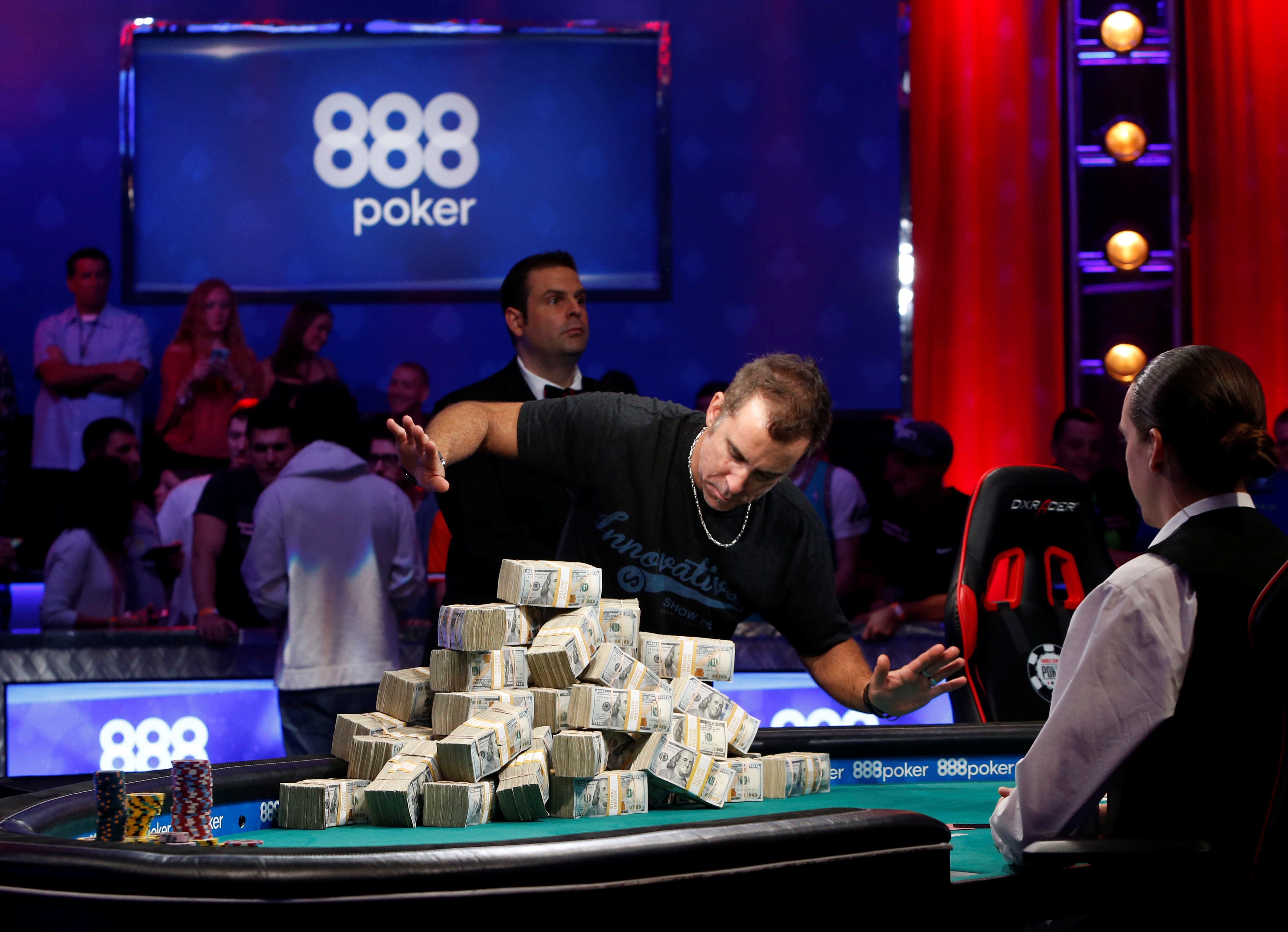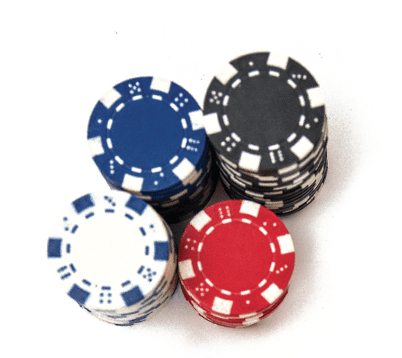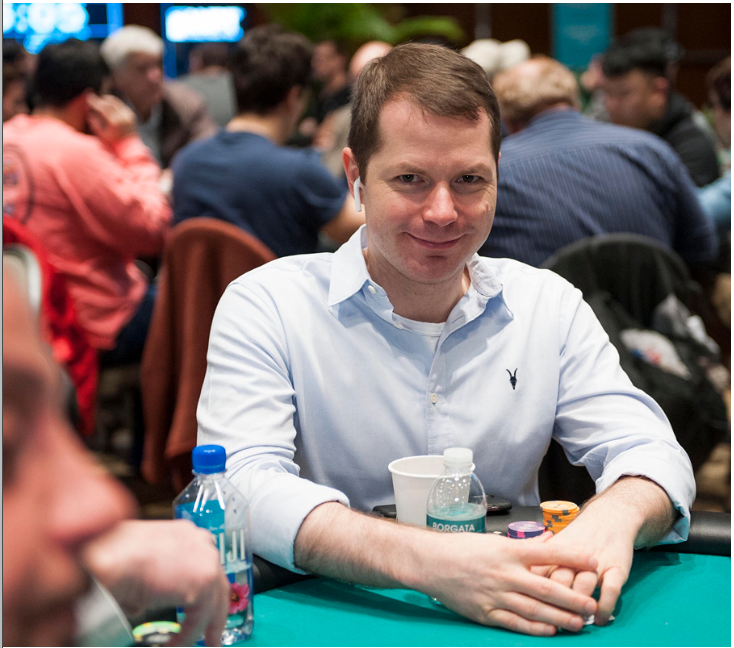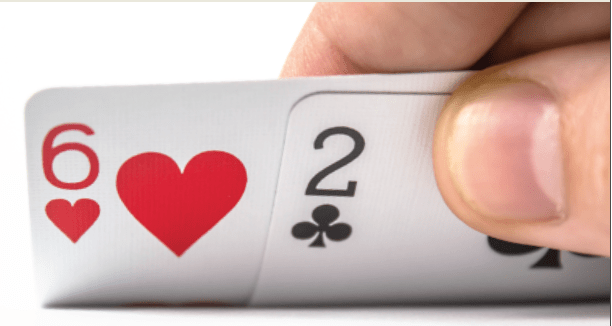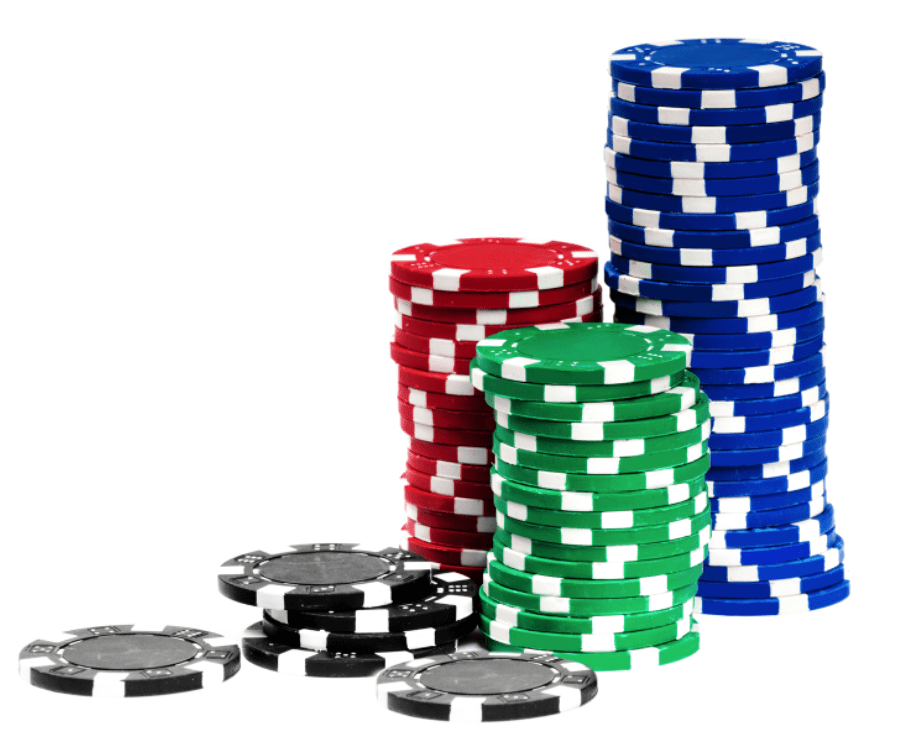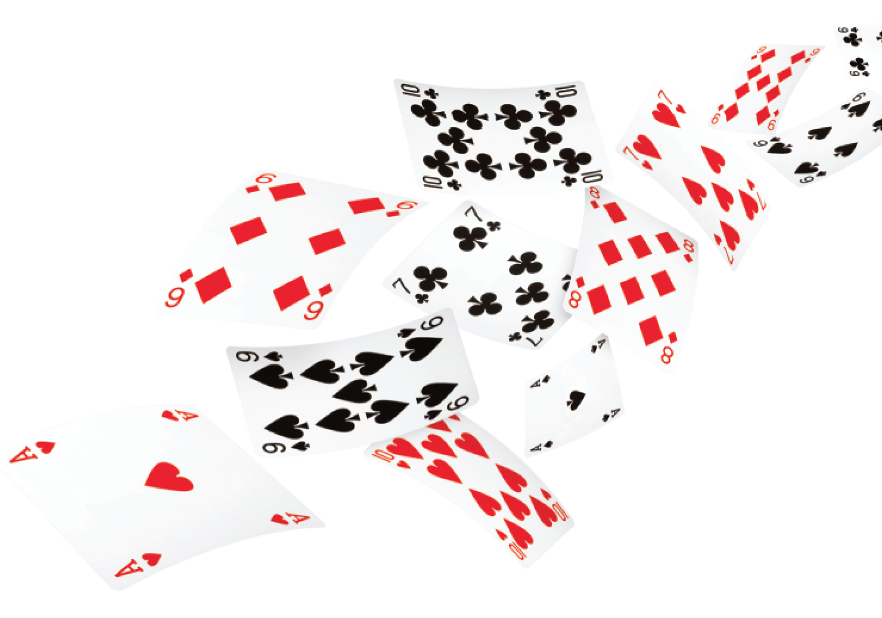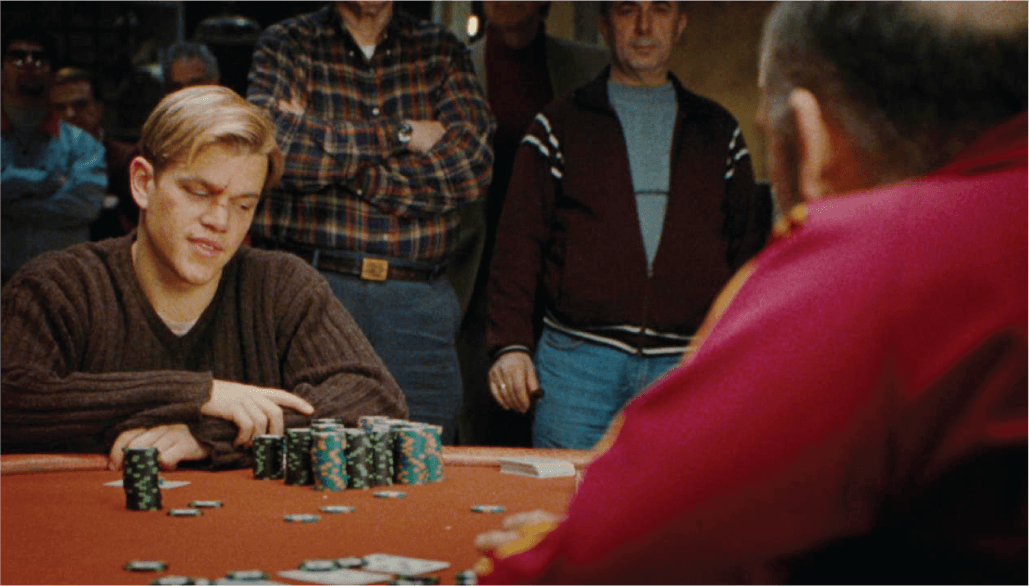Rounders are Grinders
Don’t believe the hype! Casual players get the wrong impression that they need aggressive plays or gigantic folds.
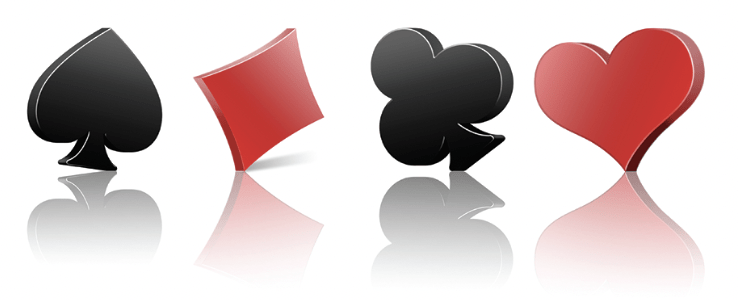
Televised poker tournaments show only the most interesting hands in a long final table or cash game session. Viewers rarely see the routine, mundane hands where someone steals the blinds or when someone raises, continuation bets on the flop and then wins a small pot.
That leads casual players to think that the creative, aggressive plays—or conversely, the gigantic folds—are how players win at poker. It’s hype! Players actually win by finding a game they can beat, playing it a lot
and keeping a proper bankroll. No fancy plays are required.
Many players struggle when they face overly loose, aggressive opponents who are capable of showing up with any hand at any time. They vividly remember the times they raised with a hand like Q-Q, a lunatic re-raised, they called and then somehow lost to the lunatic’s 7-3 when the board runs out J-6-2-7-3, or when it comes A-K-2 and they fold to a continuation bet.
Maniacal strategies may seem impressive and may work well against players who fold too often, which just so happens to be how many small- and medium-stakes players play. If opponents refuse to put all their money into the pot without a two pair or better hand, simply betting whenever they check will result in winning a lot of money because the opponent is folding too often by the river.
While playing maniacally may seem like an easy but high-variance way to win at poker, the strategy falls apart once opponents realize that all they have to do is not fold. I have made substantial money playing in medium-stakes tournaments and cash games against maniacs by simply check/calling down with hands like a middle pair.
If an opponent’s range contains far too many bluffs, the proper adjustment is to call with all bluff catchers, perhaps as weak as ace-high. It may feel scary calling a large river bet with middle pair, but against a true maniac, it is the most profitable play by far—even though it can result in losing some large pots from time to time when an opponent actually makes a hand. Players who win the large pots 60% of the time and lose them 40% of the time eventually win all of the money.
Other players witness insanely tight folds on televised poker and think that’s the way to win. In reality, if players choose the strategy of folding almost everything to substantial aggression, all opponents have to do to crush them is bet. The only time players should look to make gigantic folds is when they’re against an opponent whose range is heavily weighted toward premium hands.
Suppose a tight, straightforward player raises to three big blinds from first position out of his 100 big blind effective stack and you call from the big blind with A-9. The flop comes A-J-4. You check, your opponent bets four big blinds and you call. On pretty much any turn except for an Ace or 9, if you check and your opponent makes a substantial bet, you should fold.
Consider that tight, straightforward opponent’s range to bet the flop and turn. That opponent will likely have almost no bluffs, and if there is one it will usually be with a strong draw. So, unless you know that player often value bets with marginal made hands like A-3 or J-10, you should fold.
Many players make the blunder of calling down with their decent top pair without considering their opponent’s strategy. Just because you have a normally strong hand does not mean you should automatically call down every time. That said, if you had A-K instead, folding would almost certainly be too tight against anyone. If your opponent was instead a maniac, folding A-9 could be far too tight.
As stated earlier, to succeed at poker, find a game you can beat, play it a lot and keep a proper bankroll. But almost no one—besides the best professional—does all three.
Find a game you can beat by playing only in games with extremely unsophisticated players—or study enough to have an edge against almost every player you encounter. Pokercoaching.com will help with the latter.
Once you have a game you can beat, play it a lot. With every hand dealt, a player wins or loses some tiny amount of equity, depending on the player’s edge over opponents. Many would be thrilled to win $1 per hand.
The problem is that most players want to play only every once in a while. People who play 100 hands per week and win $100 have a large $1 per hand win rate. While that’s nice, it won’t make anyone rich, and most players probably can’t win anywhere near $1 per hand.
Also, the routine swings of the game will feel gigantic to anyone who doesn’t spend a lot of time playing poker. Losing 10 tournaments in a row might take a recreational player three months.
Maintaining the discipline to keep a proper bankroll can be tough because even players who have an edge will inevitably experience bad runs. Check out pokercoaching.com/bankroll for guidelines for proper bankroll management.
That’s how to win at poker, plain and simple. There’s no need to run consistently insane bluffs or make giant folds. That’s just hype.
Jonathan Little, a professional poker player and WPT Player of the Year, has amassed more than $7 million in live tournament winnings, written 14 best-selling books and teaches at pokercoaching.com. @jonathanlittle

